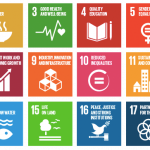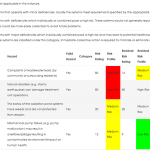Water Safety Planning (WSP) and Sanitation Safety Planning (SSP): How is Africa doing?
 Using available literature and information gathered from the East and West African WSP/SSP Sensitization Workshops held in Kenya and Ghana in September/October 2016, Emanti generated country specific summary reports for each of the participating East and West African countries, which provide a current understanding of (1) Status of Drinking Water Quality Management and WSP, and (2) SSP Situational Analysis. Information obtained will be used to develop appropriate way forward strategies for each specific participating country.
Using available literature and information gathered from the East and West African WSP/SSP Sensitization Workshops held in Kenya and Ghana in September/October 2016, Emanti generated country specific summary reports for each of the participating East and West African countries, which provide a current understanding of (1) Status of Drinking Water Quality Management and WSP, and (2) SSP Situational Analysis. Information obtained will be used to develop appropriate way forward strategies for each specific participating country.
In terms of WSP, the findings indicate incredible potential for WSP development and sustainability (and associated drinking-water quality improvement) in many of the participating countries. Whereas some countries need continued support of WSP implementation and monitoring (e.g. audits) some countries need further training and follow-up visits. In countries where WSP is still at its infancy, advocacy and awareness training is critical to getting WSP off the ground.
IWA and WHO are initiating Sanitation Safety Planning. SSP is risk based management tool for sanitation systems, and can be used for wide range of sanitation systems. WHO are first focusing on safe use of human waste, and as such SSP is a risk management approach for safe sanitation product use/re-use. Importantly SSP, (1) analyses the sanitation system as a whole, (2) links actors and responsibilities along the chain, (3) acts as a catalyst for policy change to support reuse, and (4) assists authorities to regulate and monitor sanitation system management. To-date, SSP has been applied in Peru, Portugal, India, Vietnam, Philippines, Malaysia, Uganda, Ghana, and Tanzania, and the study aims to determine if the sanitation sector in East and West African countries are ready for and/or progressing with Sanitation Safety Planning (SSP). Information was gathered through both a desktop study and interviews with local level informants and used to (1) determine the current status of the sanitation sector, (2) identify major gaps in the information and/or the sector, and (3) prioritise next steps required to make headway with the SSP initiative.










